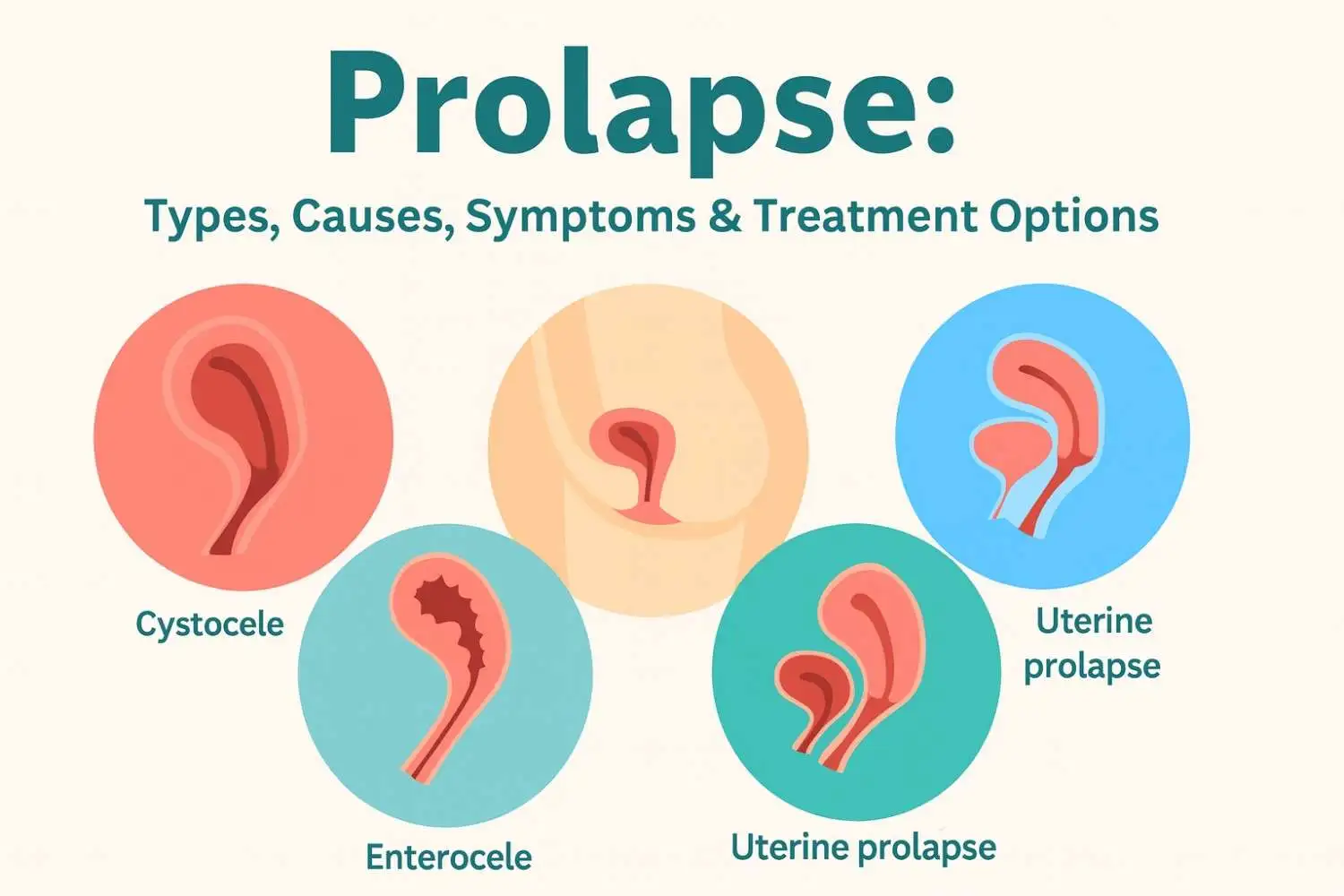




Author: Dr. Garima Bishwas
Yoga 0
Becoming a parent is a beautiful transition—but it’s also a time filled with questions, emotions, and a very real need for reliable guidance. That’s where antenatal classes in Vaishali come in. Whether you’re a first-time mom or planning a smoother second experience, thoughtfully designed normal delivery preparation classes can make your journey calmer, safer, and more empowered.
Below, you’ll find a complete guide to what antenatal classes are, why they matter, what exactly you’ll learn, and how to choose the right pregnancy classes in Vaishali for you.
What are antenatal classes?
Antenatal (or prenatal) classes are structured, expert-led sessions that prepare expectant parents for pregnancy, labor, birth, and early newborn care. These childbirth classes for normal delivery typically combine education (what to expect), practice (breathing, positions, exercises), and planning (birth preferences, partner roles).
Why are they important for expectant mothers
Pregnancy is not just a physical change—it’s a mental and emotional journey. Quality antenatal education:
-
Builds confidence through evidence-informed information.
-
Turns abstract fears into practical action steps.
-
Helps you and your partner communicate better with each other and your care team.
-
Encourages body awareness so you can work with labor instead of fearing it.
Benefits of joining classes in Vaishali for a normal delivery
Choosing prenatal classes, Vaishali means learning from instructors who understand local needs, healthcare options, and community support. You’ll gain:
-
Practical tools for comfort in late pregnancy and labor.
-
A supportive group of parents on the same timeline
-
Local referrals for physiotherapy, lactation, and postnatal support.
-
A curriculum focused on normal delivery preparation—from mobility and pelvic alignment to relaxation and breathing.
Benefits of Antenatal Classes for Normal Delivery
1. Helps reduce anxiety and fear about childbirth
Fear can increase tension and pain perception. Antenatal sessions explain what’s normal, what’s not, and what you can do at each stage. Understanding the process replaces anxiety with calm, decision-ready confidence. You’ll also rehearse coping strategies so they feel natural on the big day.
2. Teaches breathing and relaxation techniques
Breath is your most portable tool. In normal delivery preparation classes, you’ll practice:
-
Slow, deep breathing to conserve energy in early labor.
-
Rhythmic “in-for-4, out-for-6” patterns to ride contractions.
-
Gentle vocalization and jaw relaxation to release pelvic tension.
-
Micro-relaxation between contractions to recharge.
These skills can help regulate your nervous system and keep labor progressing more efficiently.
3. Provides information on labor stages and pain management
You’ll learn what early labor feels like, when to go to the hospital, and how active labor and transition unfold. Pain management modules cover:
-
Non-medical comfort measures (movement, water therapy, massage, heat/cold).
-
Positions for back labor and optimal fetal positioning.
-
When and how medical options (like epidurals) fit into a normal delivery plan.
Knowledge lets you personalize your approach while staying flexible as labor evolves.
4. Encourages partner involvement for support
A prepared partner is a powerful ally. Classes teach partners to:
-
Time contractions and suggest position changes.
-
Offer effective counter-pressure and massage.
-
Advocate respectfully for birth preferences.
-
Keep you grounded with breath cues, hydration reminders, and emotional support.
When partners feel useful, mothers feel supported—and that emotional safety can positively influence labor.
5. Improves chances of smooth, natural delivery
No class can guarantee a particular birth outcome. However, consistent practice of mobility, optimal alignment, and stress-reduction techniques can support efficient labor mechanics and coping factors associated with smoother, often less-interventive births.
What to Expect in Antenatal Classes
1. Exercises for flexibility and pelvic strength
Expect a blend of physiotherapy-informed movement and safe prenatal yoga to:
-
Strengthen the glutes and core for better pelvic stability.
-
Improve hip mobility (external rotation, gentle openers) to create space during descent.
-
Practice functional movements you’ll use in labor: lunges, wall squats, hands-and-knees rocking, and supported deep squats (as appropriate).
-
Learn daily alignment habits that reduce back pain and prepare the pelvic floor for both strength and release.
2. Breathing and relaxation practices
You’ll build a toolkit you can call on at any moment:
-
Diaphragmatic breathing to downshift stress.
-
Box breathing and paced exhalations to soften pelvic floor tone.
-
Guided body scans and visualizations.
-
Partner-assisted relax-release techniques (e.g., gentle sacral pressure, hip squeezes).
3. Nutrition and lifestyle guidance
Antenatal educators discuss:
-
Balanced meals for steady energy and iron stores.
-
Hydration strategies and electrolyte support.
-
Realistic weight gain targets and safe activity levels.
-
Sleep positioning, ergonomics, and managing common discomforts.
Lifestyle tweaks today can translate to more stamina on Labor Day.
4. Information on labor, delivery, and postnatal care
You’ll cover:
-
Birthplace options and how to pack your hospital bag.
-
The physiology of birth—what your body and baby are doing at each stage.
-
Pushing cues, perineal support strategies, and how to work with contractions.
-
Immediate postpartum: the “golden hour,” skin-to-skin contact, and the basics of recovery.
5. Guidance on newborn care and breastfeeding
Most pregnancy classes in Vaishali include early parenting modules:
-
Latch mechanics, feeding positions, and hunger cues.
-
Newborn sleep basics and safe swaddling.
-
Diapering, cord care, and bathing.
-
How partners can support breastfeeding and bonding.
Why Choose Antenatal Classes in Vaishali?
1. Experienced instructors and healthcare professionals
Local antenatal classes in Vaishali are often led by childbirth educators, physiotherapists, and lactation counsellors who understand both global best practices and local hospital protocols. This blend of expertise means you get nuanced guidance tailored to your context.
2. Convenient location for residents of Vaishali and nearby areas
Consistency matters. A nearby class makes it easier to attend regularly, practice between sessions, and show up for partner workshops or makeup sessions if you miss one.
3. Community support from other expecting parents
There’s something powerful about learning alongside people on the same journey. Many parents form WhatsApp groups, share tips after appointments, and even plan postnatal walks. That peer network can be a lifeline during the fourth trimester.
4. Customized programs focused on normal delivery preparation
Look for curricula that emphasize childbirth classes for normal delivery—with modules on mobility, positions, and coping strategies that support physiological birth. Many prenatal classes offered by Vaishali programs include optional one-on-one check-ins for tailored exercise progressions and birth plan reviews.
Tips for Choosing the Right Class
1. Check the trainer’s qualifications
Ask about certifications (childbirth education, women’s health physiotherapy, lactation). Experienced trainers can adapt techniques to accommodate individuals with SPD, sciatica, a history of cesarean sections, or other relevant considerations.
2. Look for small batch sizes for personal attention
Smaller groups allow instructors to correct posture, modify exercises, and answer specific questions. If you’re opting for hybrid or online options, check that you’ll still get live feedback.
3. Ensure the program covers exercise, nutrition, and labor education
A well-rounded class integrates movement, breathwork, informed decision-making, and newborn care. It should prepare both body and mind—not just one or the other.
4. Read reviews or ask for recommendations
Talk to your obstetrician, midwife, or friends who’ve delivered locally. Honest feedback about instructor style, practicality, and postnatal support will help you decide quickly.
A Sample Week-by-Week Glimpse (What a Balanced Program Might Include)
-
Weeks 1–2: Foundations—pregnancy posture, safe movement, breath basics, understanding the labor roadmap.
-
Weeks 3–4: Strength & Mobility—glute/core stability, hip mobility progressions, pelvic floor coordination (contract–relax–release).
-
Weeks 5–6: Active Labor Skills—positions for progress, partner counter-pressure, comfort tools (birth ball, water therapy, heat/cold).
-
Week 7: Decision-Making—preferences vs. plans, when to go to the hospital, understanding interventions, and staying flexible.
-
Week 8: Postnatal & Newborn—first 24 hours, breastfeeding mechanics, recovery timelines, red flags, and community resources.
Note: Always check with your healthcare provider before starting or modifying any exercise or program, especially if you have pregnancy-related complications.
Simple At-Home Practice Ideas (to Complement Your Class)
-
Daily mobility snack (10–15 minutes): Cat-cow, hip circles, supported deep squat with breath, ankle rocks.
-
Two strength moves (3x/week): Wall sit and elevated lunge, focusing on alignment and slow, controlled reps.
-
Breath partner drill (5 minutes): Partner counts your exhale longer than inhale (e.g., 4–6), cues jaw/shoulder release.
-
Evening unwind (5 minutes): Side-lying hip release with pillow support + guided relaxation.
These mini-routines keep your body responsive and your mind practiced between sessions of prenatal classes, Vaishali.
Final Thoughts: Prepare Your Body, Calm Your Mind, Empower Your Birth
Choosing the right antenatal classes in Vaishali is one of the most impactful decisions you can make for a confident birth. When expert guidance meets consistent practice, you’ll walk into labor with tools you’ve rehearsed and a partner who knows exactly how to support you. That combination—knowledge, movement, breath, and community—creates a steady foundation for childbirth classes for normal delivery to truly shine.
If you’re ready to begin, shortlist a few pregnancy classes in Vaishali, speak to instructors, and sample a session if possible. The right class will feel welcoming, evidence-informed, and tailored to your needs—so you can focus on what matters most: a healthy parent, a healthy baby, and a birth experience you feel proud of.
Frequently Asked Questions
Add comment

















.webp)





.jpg)






































